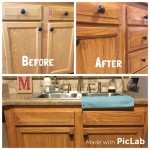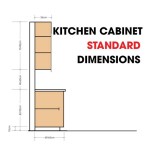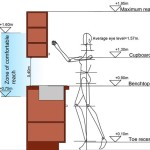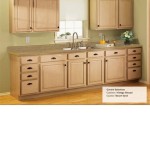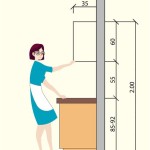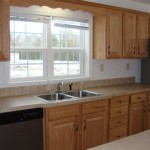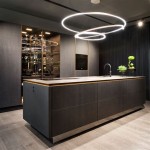Essential Aspects of DIY Kitchen Base Units
DIY kitchen base units are an integral part of any kitchen, providing both functionality and style. Understanding the essential aspects of these units is crucial for successful DIY projects, ensuring they meet your specific needs and expectations.
This article will delve into the essential aspects of DIY kitchen base units, exploring the various factors to consider when planning and executing your DIY project. We will cover materials, dimensions, storage options, and installation techniques to provide a comprehensive guide for creating durable and functional base units.
Materials
The choice of material for your DIY kitchen base units will significantly impact their durability, appearance, and cost. Common materials include:
- Laminate: An affordable and versatile option, offering a wide range of colors and finishes.
- Wood: A classic and durable choice, available in various species with unique grain patterns.
- Plywood: A strong and stable material, ideal for creating sturdy base units.
- MDF (Medium-Density Fiberboard): A smooth and paintable material, suitable for customized finishes.
Dimensions
Properly dimensioned DIY kitchen base units will ensure a seamless fit within your kitchen layout. Consider the following:
- Height: Typically ranges from 850mm to 900mm, including the countertop.
- Depth: Usually 600mm, providing ample space for storage and appliances.
- Width: Variable depending on the unit's purpose and space available.
- Toe Kick: A recessed area at the base of the unit, allowing for foot clearance.
Storage Options
DIY kitchen base units offer various storage options to accommodate different items. Consider the following:
- Drawers: Ideal for storing utensils, cutlery, and small appliances.
- Shelves: Adjustable shelves provide flexibility for storing larger items, such as pots and pans.
- Cabinets: Enclosed cabinets offer concealed storage for bulky items or lesser-used items.
Installation Techniques
Proper installation of DIY kitchen base units is essential for ensuring durability and functionality. Common installation techniques include:
- Assembly: Using pre-cut pieces and hardware to assemble the unit.
- Framework: Building a frame structure and attaching the cabinet components.
- Carcass: Creating a box-like structure and attaching the doors, drawers, and shelves.
Conclusion
By considering the essential aspects of DIY kitchen base units, you can create durable, functional, and customized units that meet your specific needs and preferences. Understanding the materials, dimensions, storage options, and installation techniques involved will empower you to successfully tackle your DIY kitchen project.

21 Diy Kitchen Cabinets Ideas Plans That Are Easy To Build Cupboards Farmhouse

Diy Budget Open Kitchen Cabinet You Can Build In A Weekend The Ponds Farmhouse

22 Easy Diy Kitchen Cabinets With Free Step By Plans Building New

Diy Budget Open Kitchen Cabinets Build Your Own In A Weekend

Kitchen Base Units Diy Kitchens

Kitchen Cabinet Designs For Contemporary Cooking Spaces

Kitchen Units See Our Range Of Cupboards Diy Kitchens

Diy Kitchen Cabinets 25 And Easy Ideas For An Update Joyful Derivatives

Kitchen Cabinet Designs For Contemporary Cooking Spaces

Diy Kitchen Cabinets 25 And Easy Ideas For An Update Joyful Derivatives
Related Posts


